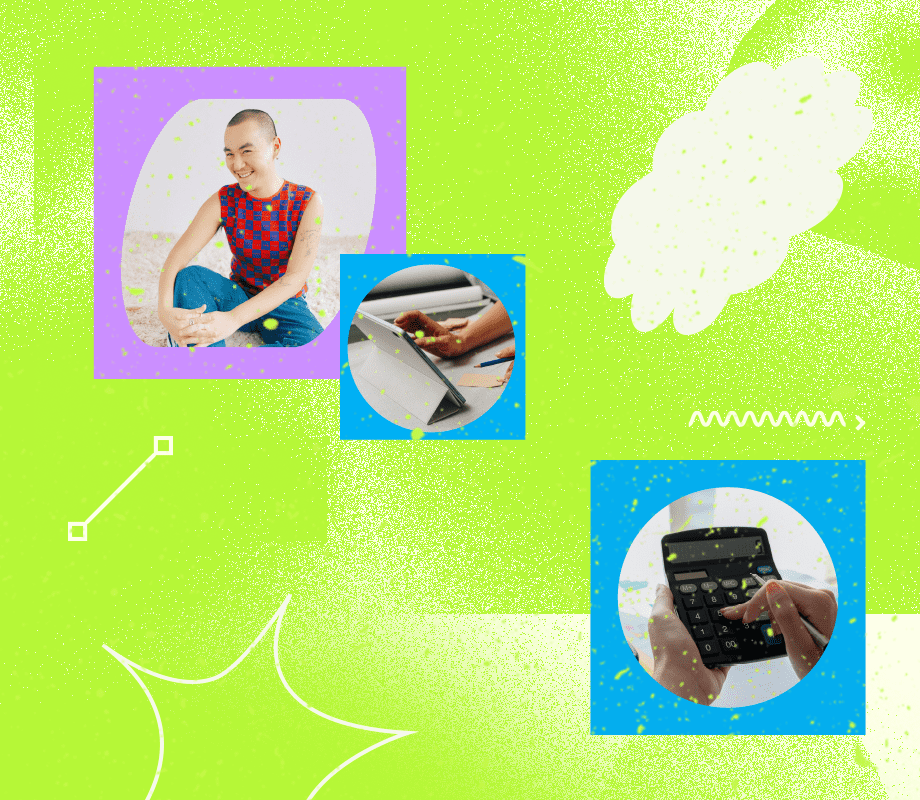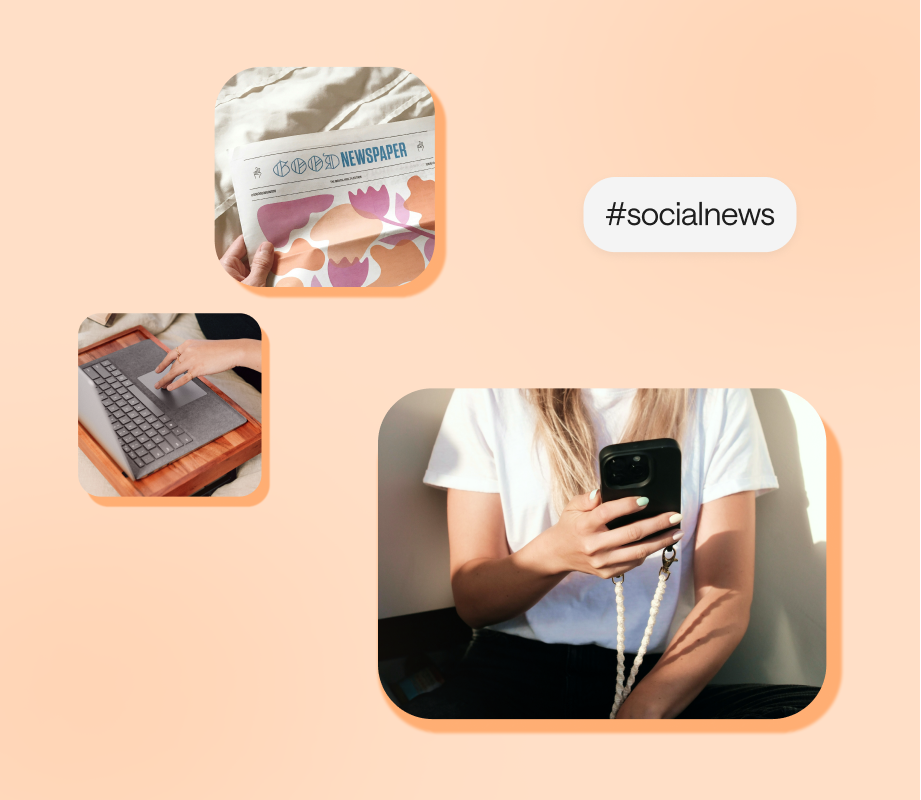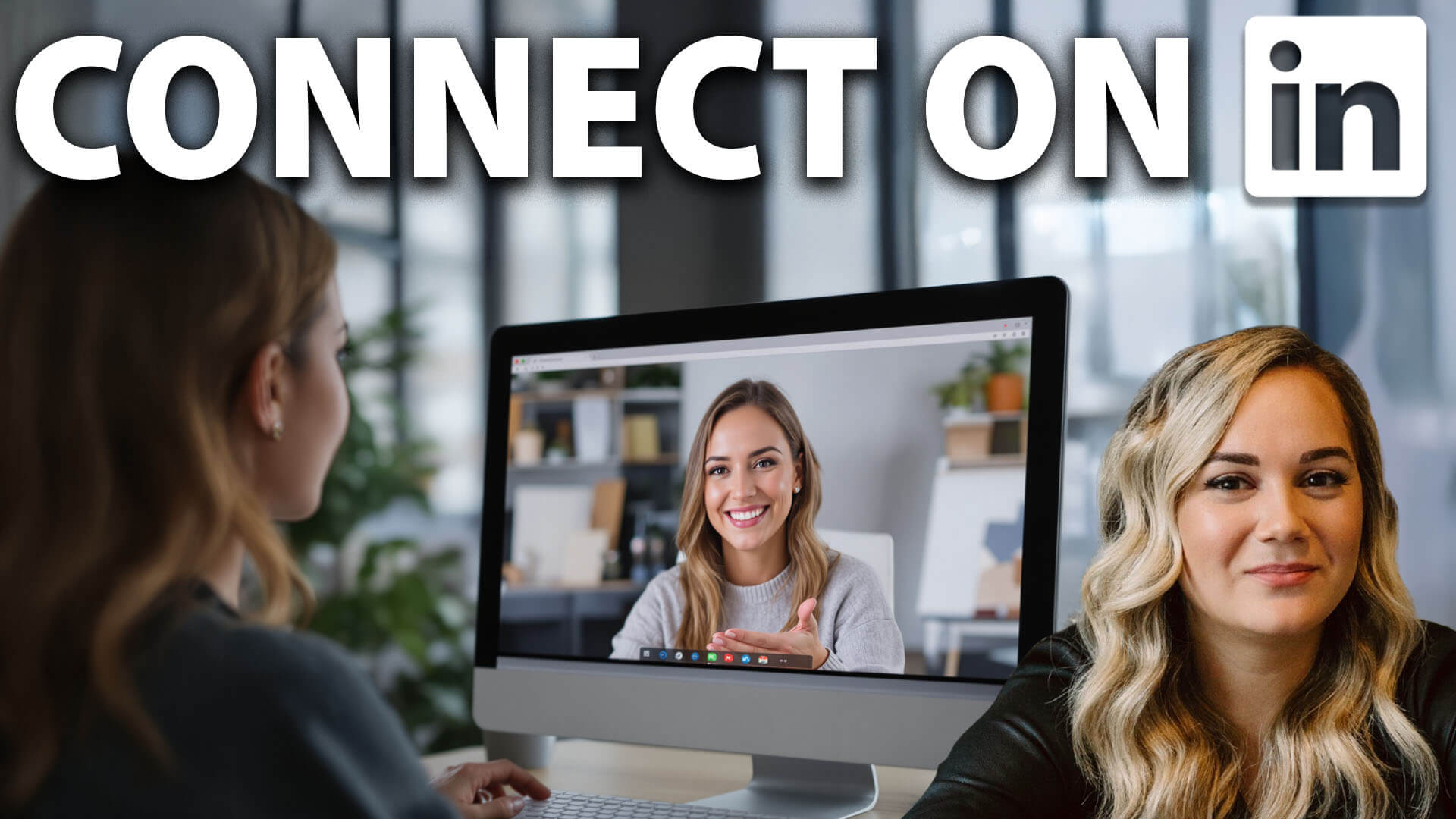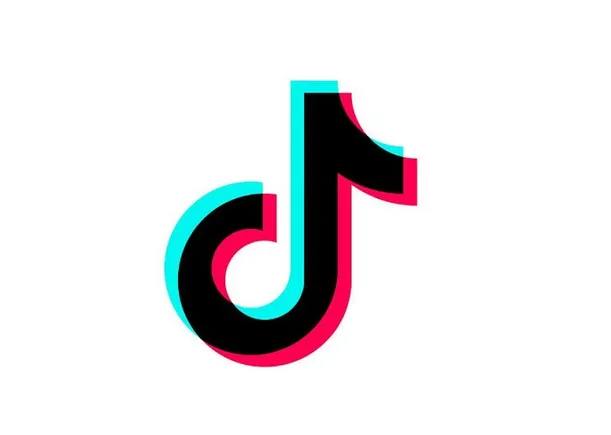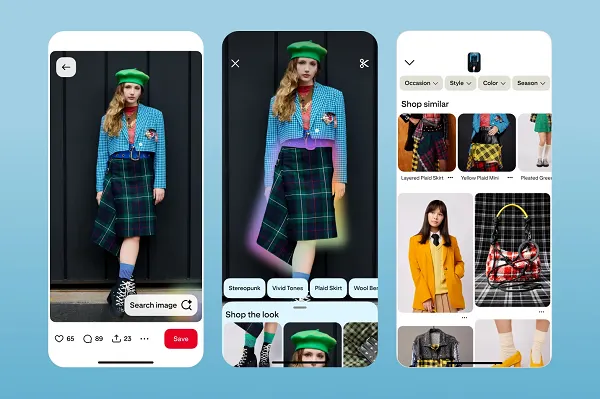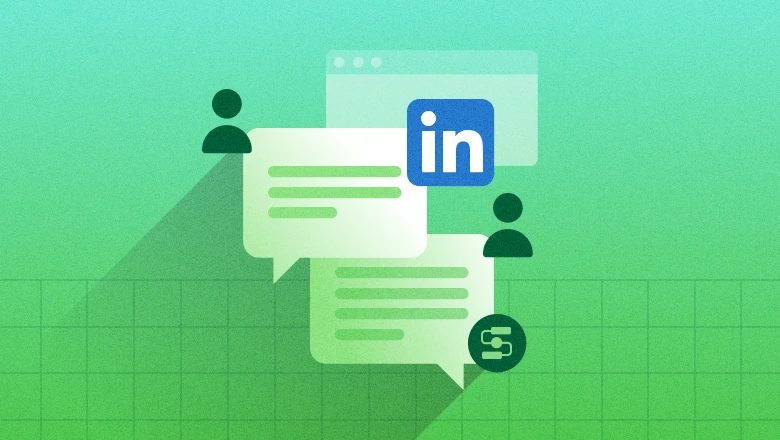Brand Building Brilliance from Best Buddies
Before this week’s master found her path to the nonprofit sector, she worked with big brands like Pepsi, Frito-Lay, and FedEx. And even founded her own small business clothing line.

Before this week’s master found her path to the nonprofit sector, she worked with big brands like Pepsi, Frito-Lay, and FedEx. And even founded her own small business clothing line.
Now, she leads communications and partner engagement for state development initiatives for Best Buddies International, a nonprofit dedicated to ending the social, physical, and economic isolation of people with intellectual and developmental disabilities.
And her rare marriage of small business, agency, enterprise, and nonprofit experience has led to some of the best advice on brand presence that I’ve encountered yet.
Lise Lozelle
Sr. Director of State Communications & Engagement, Best Buddies International
- Fun fact: Fly fishing is her reset button. When everything slows down, the best ideas show up. She even launched her own fly fishing clothing line, Maven Fly.
- Claim to fame: Lise’s personal startup brand launched a fashion-inspired made-in-the-USA women’s fishing shirt for $125. People said it would never sell at that price. A year later, the big brands raised prices and elevated their style, proving that small brands can create a ripple effect.
Lesson 1: You don’t marry someone on the first date.
What’s the first tactic that comes to mind when you imagine nonprofit marketing?
My first thought was, “Oh no, they're going to ask me for money.” That's not only wrong but, ironically, not very charitable.
Lise Lozelle shuts that myth down in no uncertain terms. And pay attention, you for-profit marketers; this advice is for you, too.
“You don’t marry someone on the first date,” Lozelle laughs. “If you want someone to give money to you, you need to make them feel good about it first.”
In practice, that means the majority of Best Buddies’ marketing efforts focus on brand building, not solicitation.
“Let's build a relationship with people and give them bite-size pieces of how they can learn about your organization.”
Even here at Masters in Marketing, we make sure that you get a certain number of educational emails before you ever see a marketing blast.
So slow it down. Wine and dine ’em first. Make your prospects fall in love with your brand before you pop the question: “Will you make me the happiest marketer in the world and click this CTA?”

Lesson 2: Stand for something. (But do it authentically.)
“What brands can learn from nonprofits is that you have to stand for something. Especially with this next generation,” Lozelle says. “Your consumers want to know what your company does to make the world better.”
And the data proves her point. HubSpot research shows that 82% of consumers want to buy from brands that share their values — and that number climbs still higher for Gen Z.
“Brands that don’t understand that are going to feel some pain from this next generation.”
As a marketer, you may not control your company’s values, but you do shape how those values are presented to your audience.
This doesn’t have to be big. Maybe you share how you use only compostable packaging. Maybe your social account proudly shows employees on volunteer days. Maybe your ads feature a diverse cast of models.
But you do have to walk the walk. The internet is rife with brands being punished for performative activism. (Take a second to google “charity washing,” “greenwashing,” or “rainbow washing.”)
“Make sure your brand ethos aligns with your brand personality,” Lozelle cautions. “When those are at odds, the market will tell you.”

Lesson 3: Let people tell their story.
“There is so much clutter — just in general, but certainly in the nonprofit space — in terms of asks and messaging.”
The people you’re trying to reach are swimming in calls to action. How does any brand cut through, for-profit or non?
“For us, it’s about letting the participants tell their stories,” Lozelle says. “Connecting people directly to the work that we do, as opposed to me as a marketer telling that story.”
When you’re floating in that sea of slick, beautifully crafted brand stories… sometimes it’s the raw truth that stands out.
Lozelle gives the example of BBI’s global ambassador, Flava Fran — the self-described “autistic rapping Jew.”
“People love her. And, as an organization, we’ve been able to give her a stage and a platform,” Lozelle explains. “That seems to break through in a different way than someone who works for the organization or even a celebrity endorsement.”
Now, I recognize we’re not all lucky enough to have a rap phenom on our side. But chances are you can think of at least one happy customer who will sing your praises.
Lingering Questions
This Week's Question
What’s the most underrated marketing channel right now, and why do you think it deserves more attention? — Kevin Indig, Growth Advisor for Hims, Reddit, Dropbox, and Snap Inc
This Week's Answer
Lozelle says: "For me, the current most underrated marketing channel is Direct Mail. A well-designed print piece can break through the clutter and make an impact.
People save postcards from favorite nonprofits that capture a mission moment, connecting them to the cause. They earmark pages in a well-designed catalog of products they covet and are incentivized to purchase with direct mail pieces that feel curated and personal.
Pro Tip: Mail isn’t dead — ask Gen Z. According to a USPS survey, 72% of digital natives get excited about good old-fashioned mail. Give them something to hold on to."
Next Week's Question
Lozelle asks: As a marketing thought leader, how do you see AI influencing strategic thinking and the creative process in brand building?






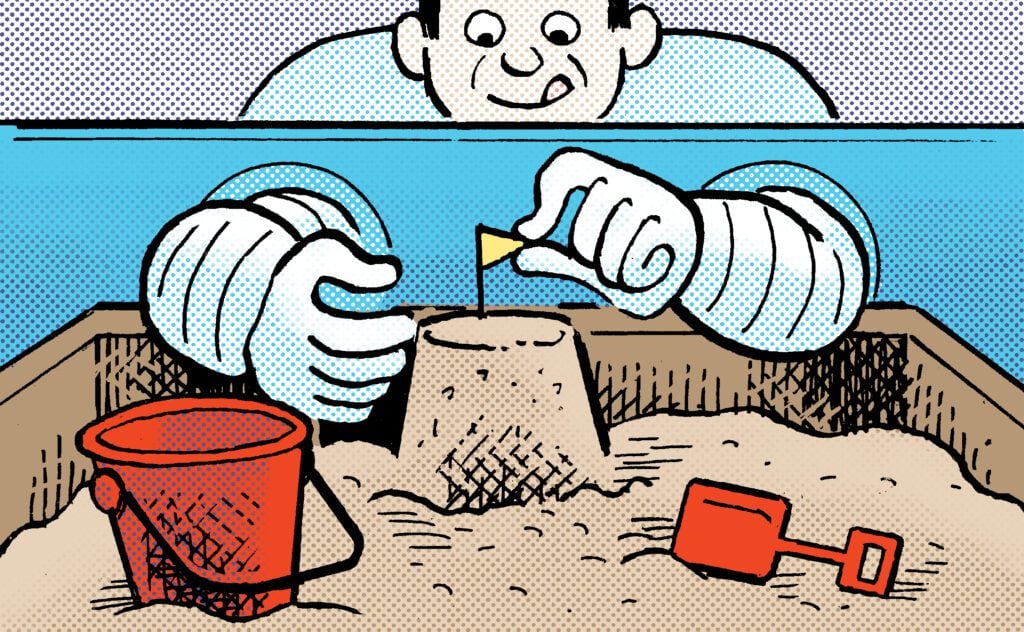



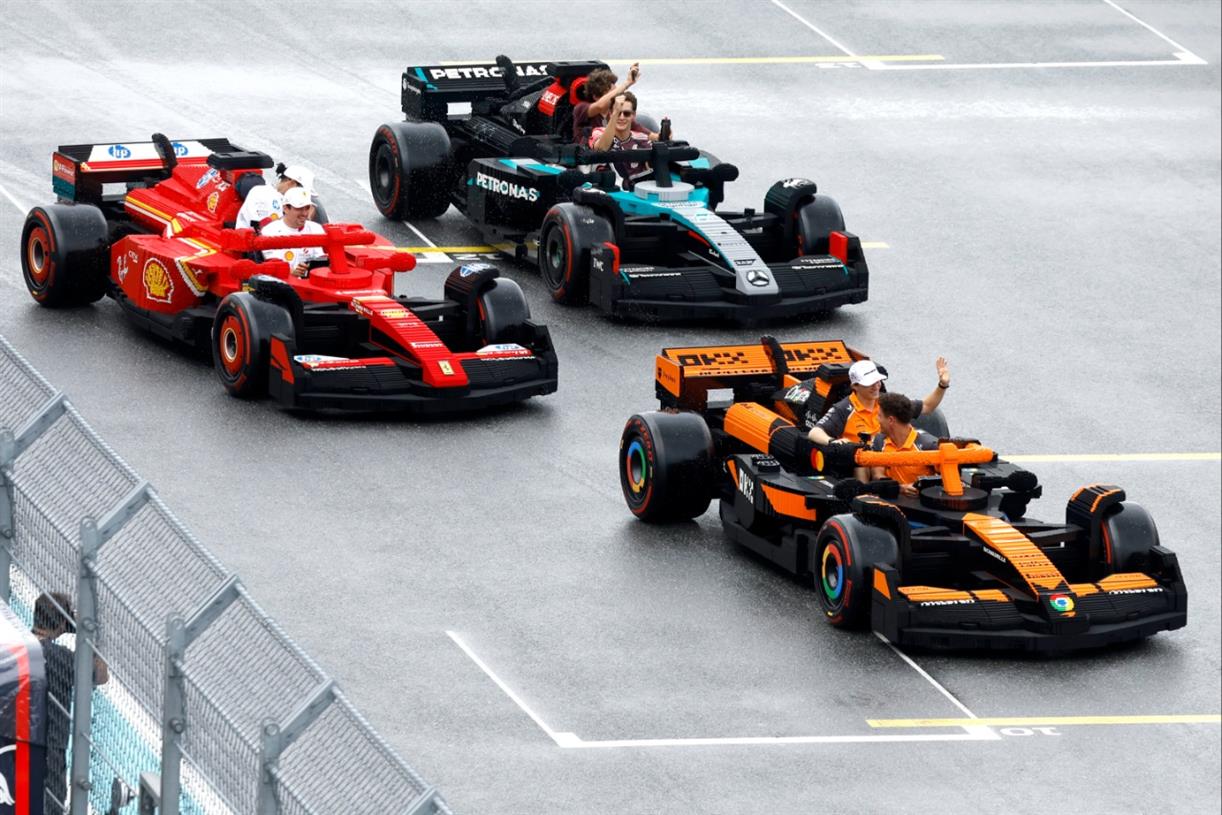
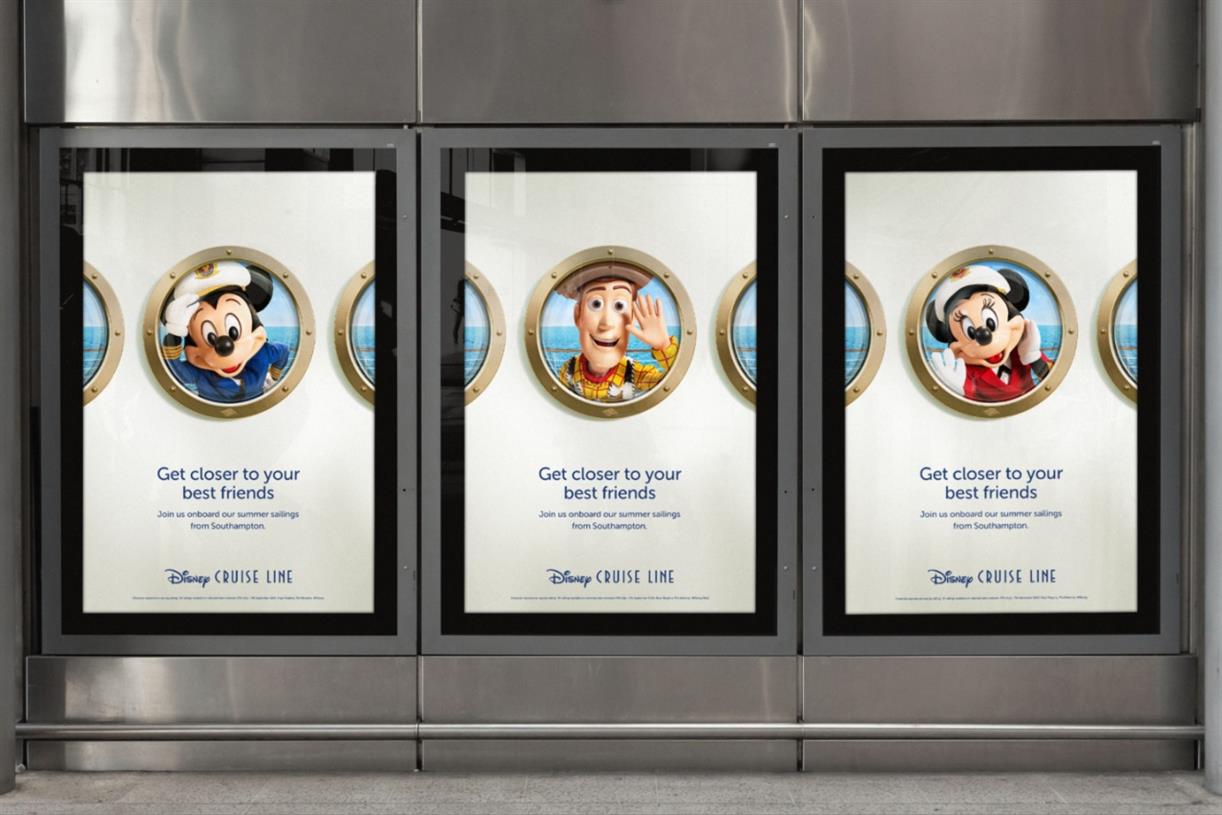

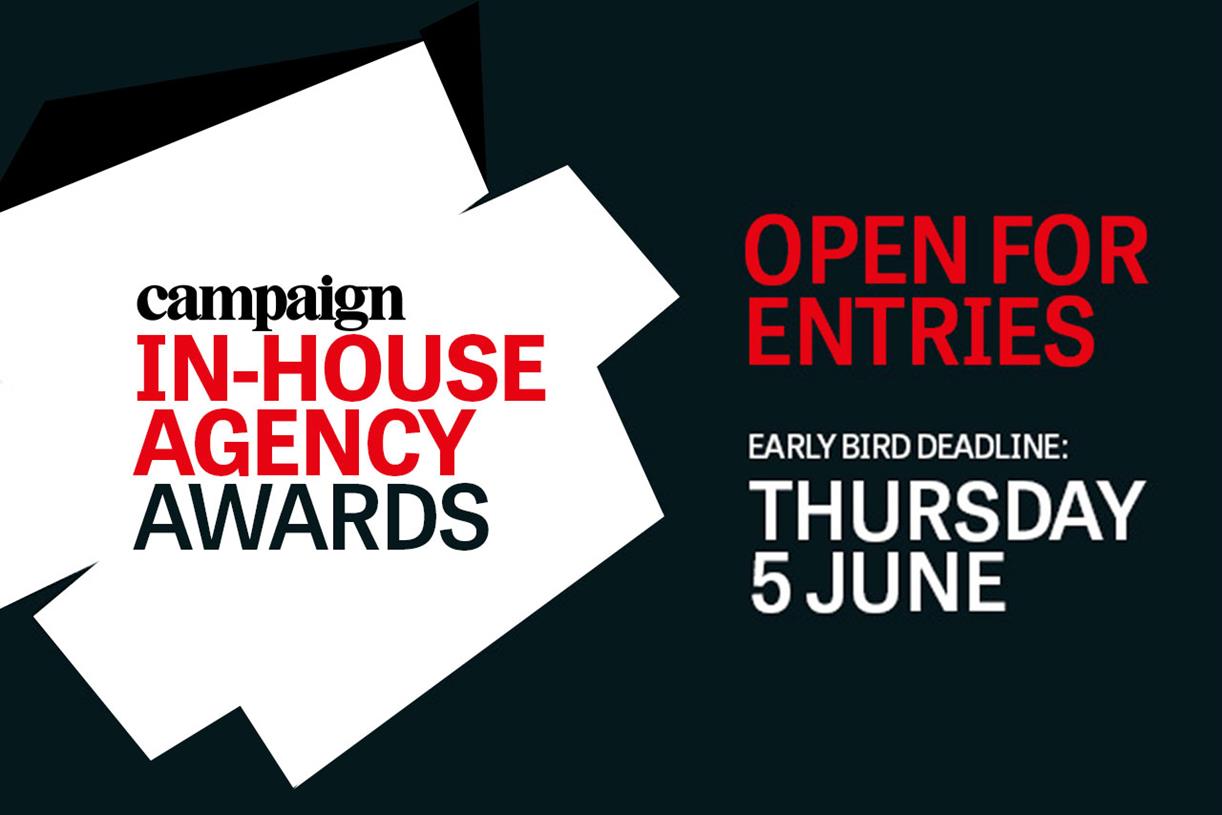









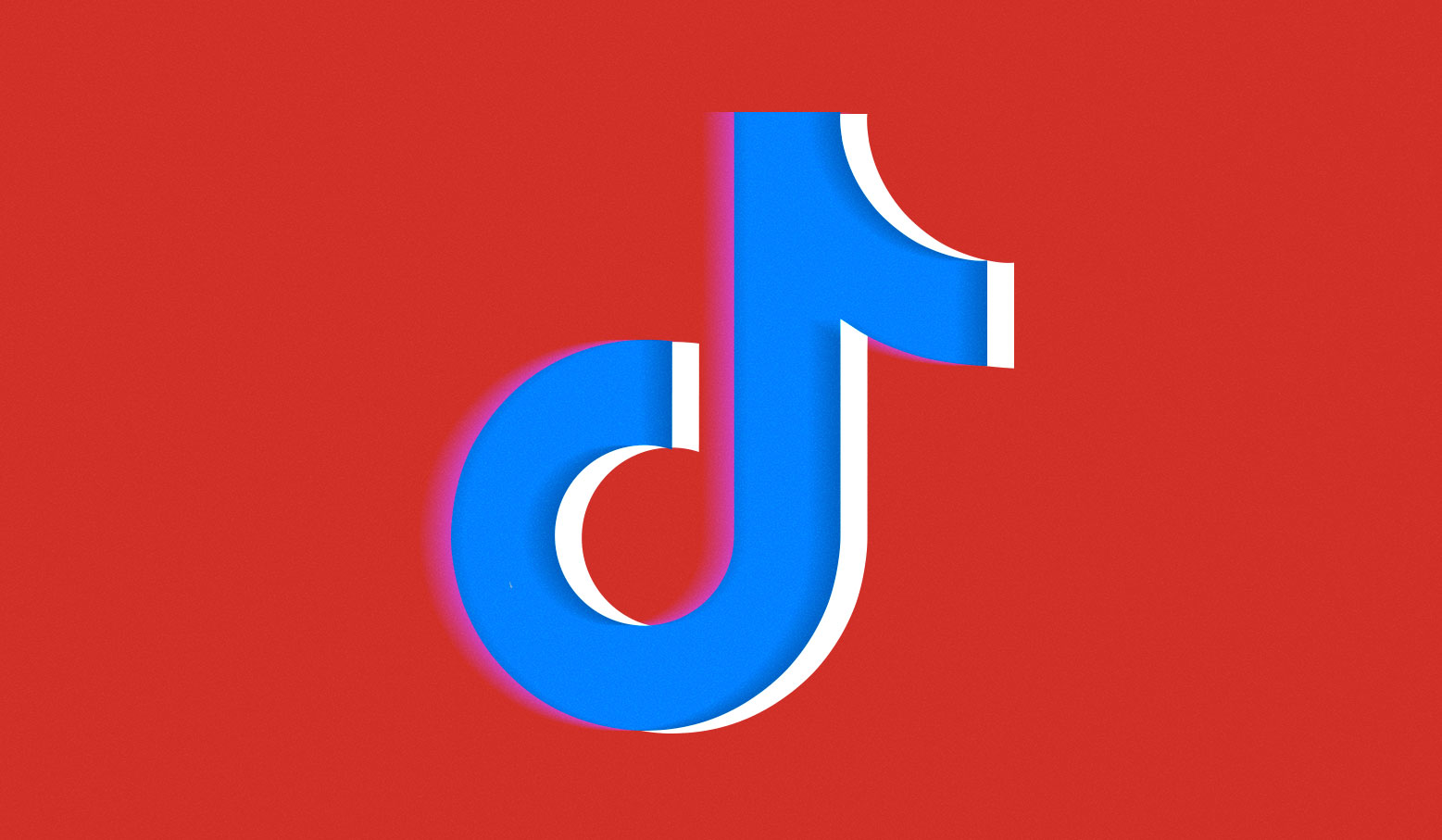


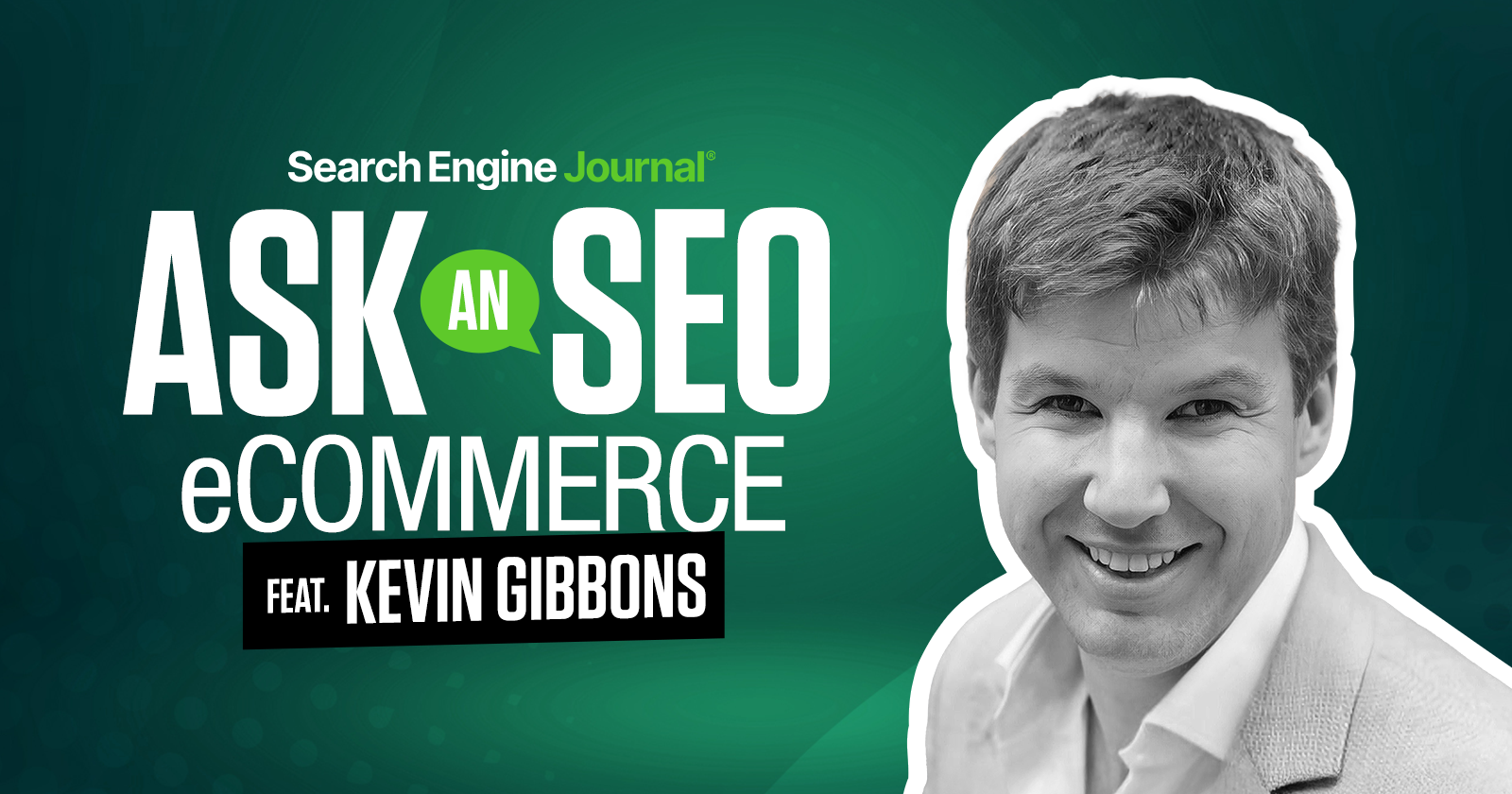
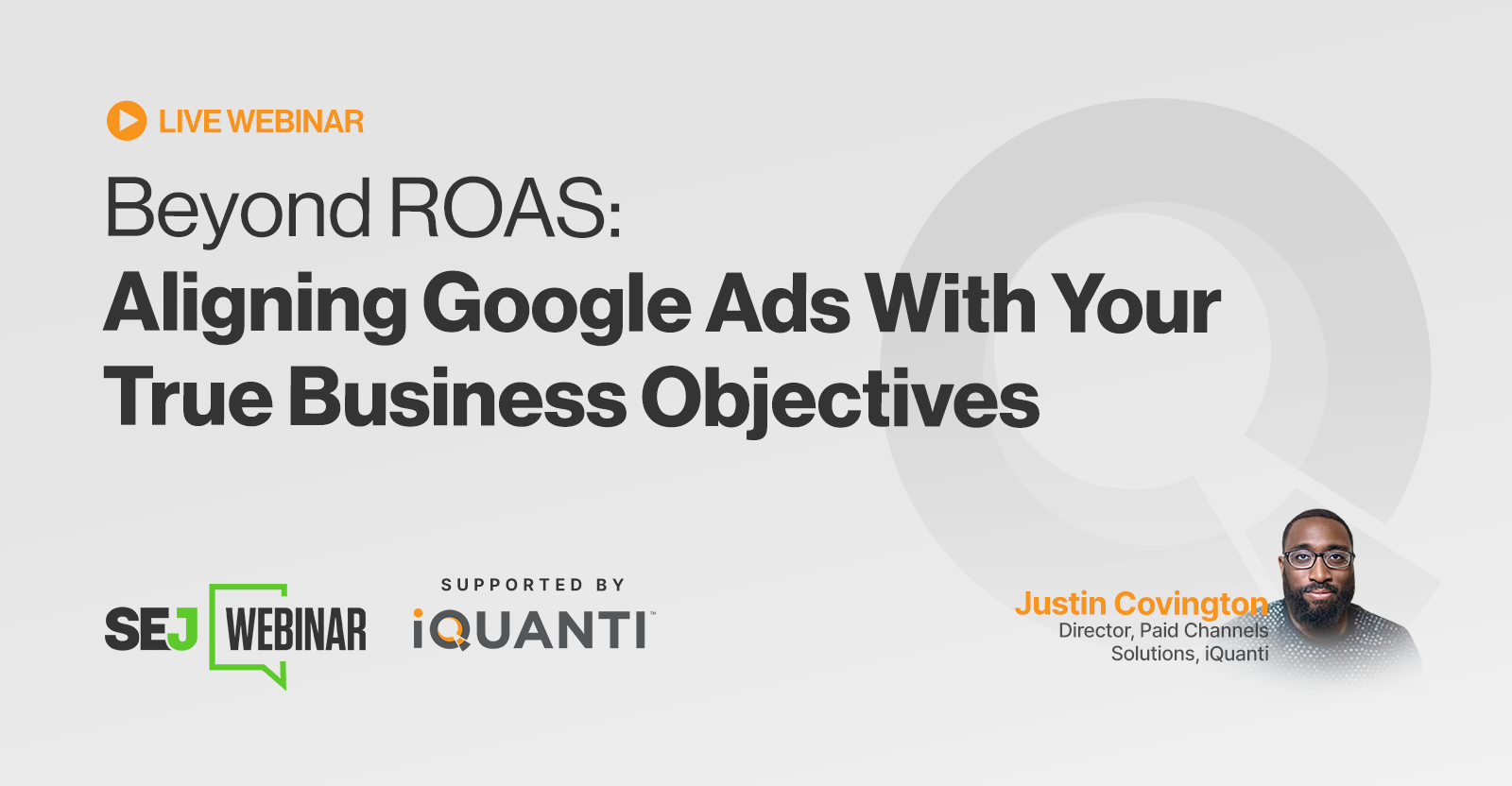







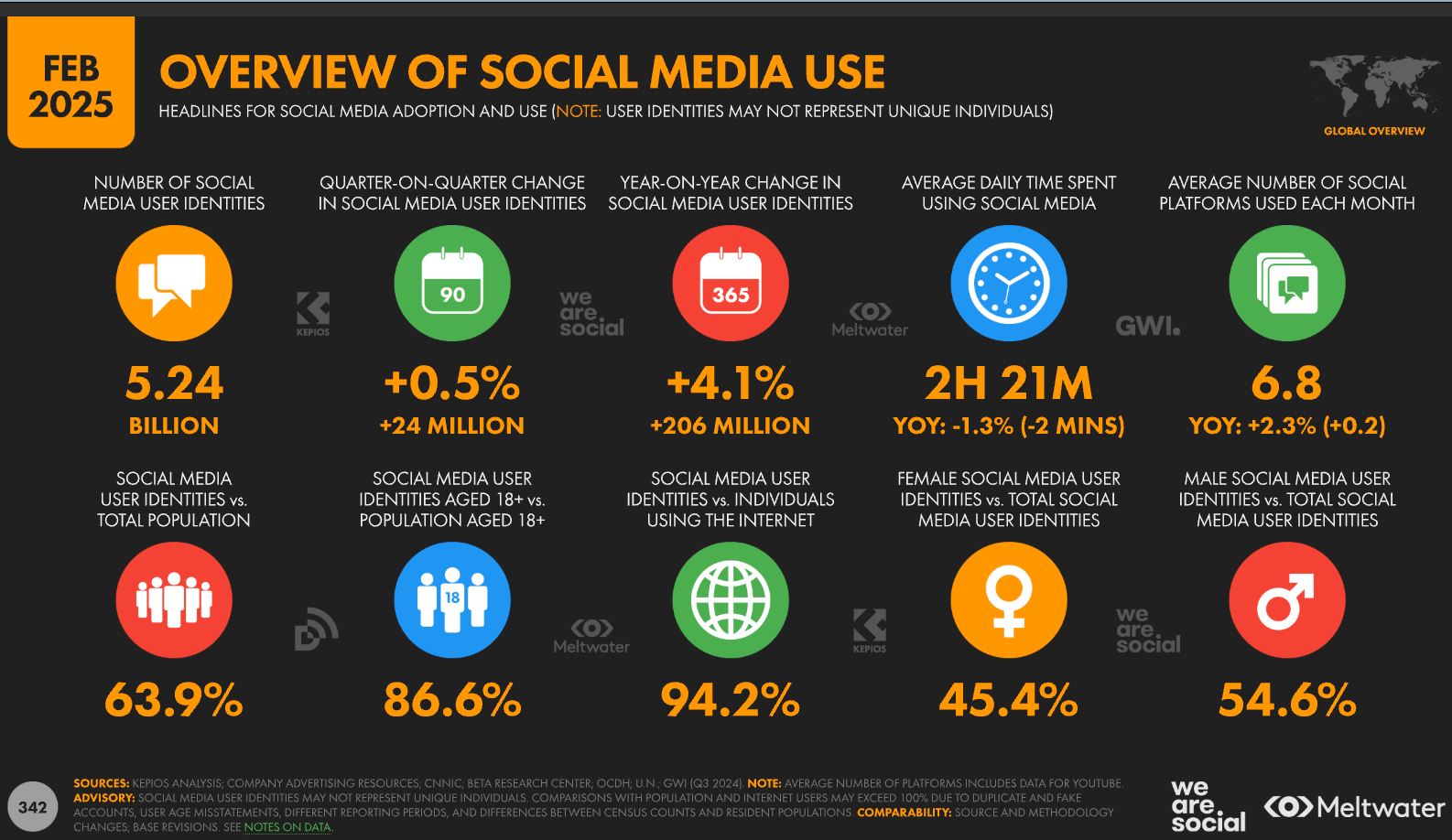

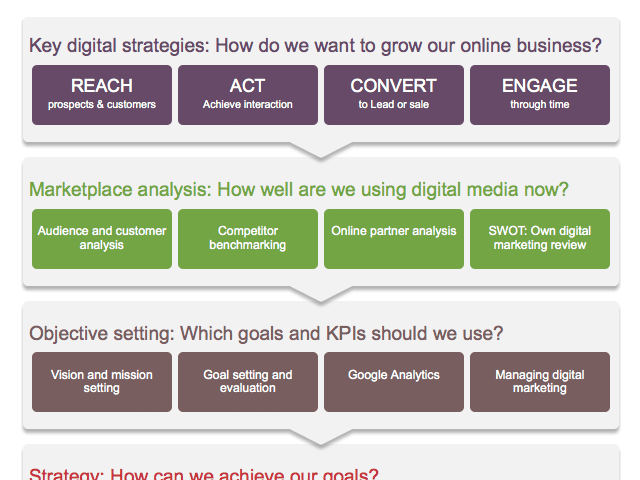






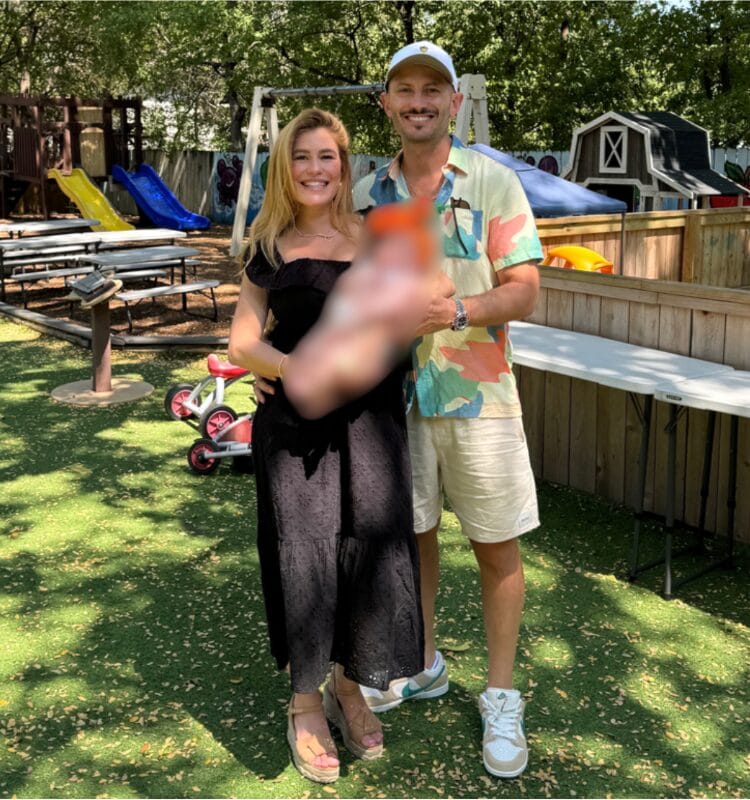


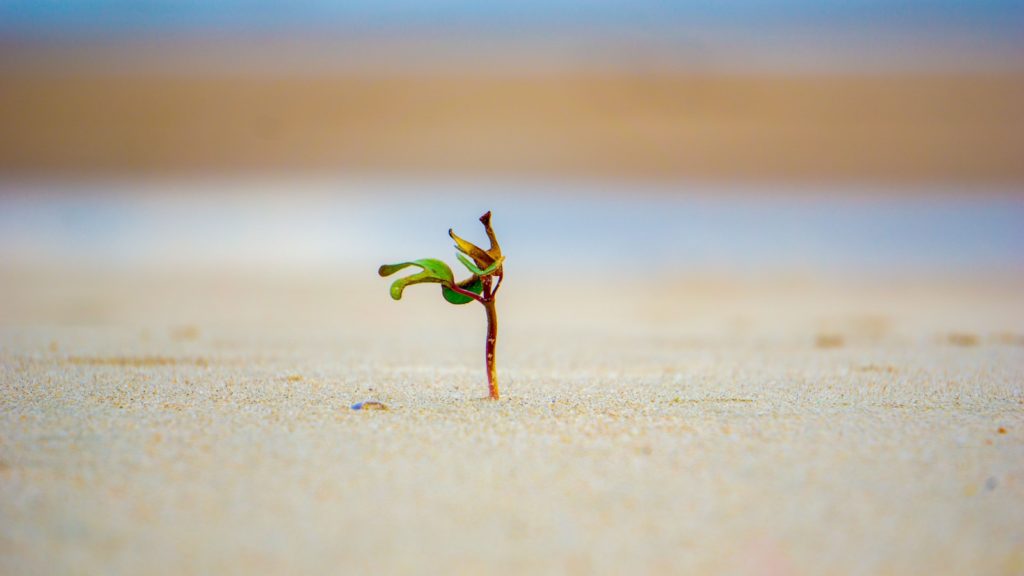
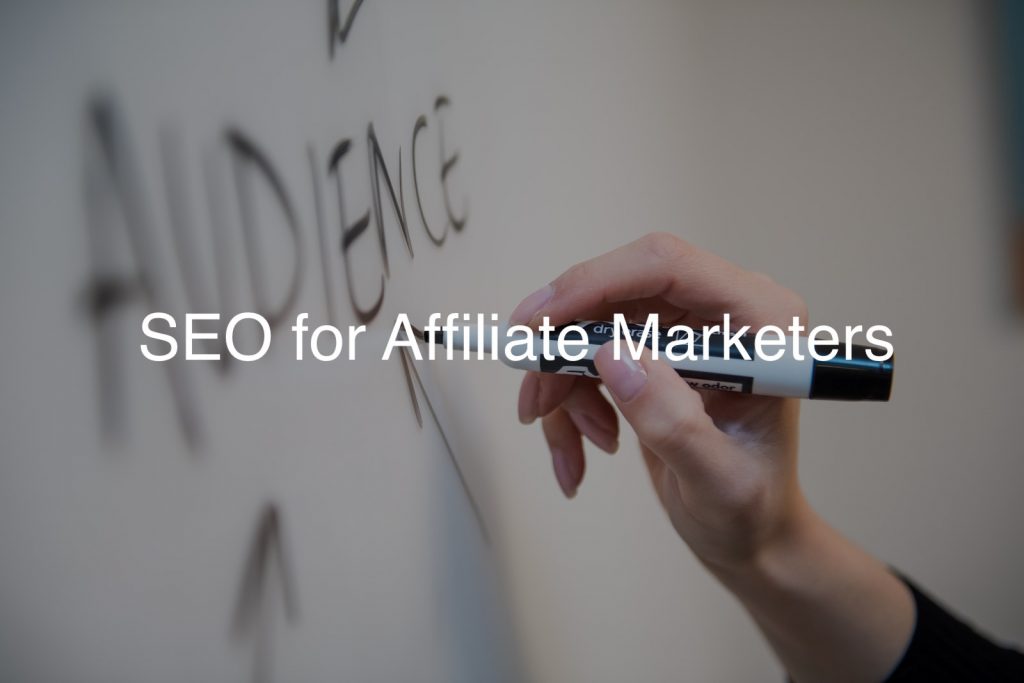
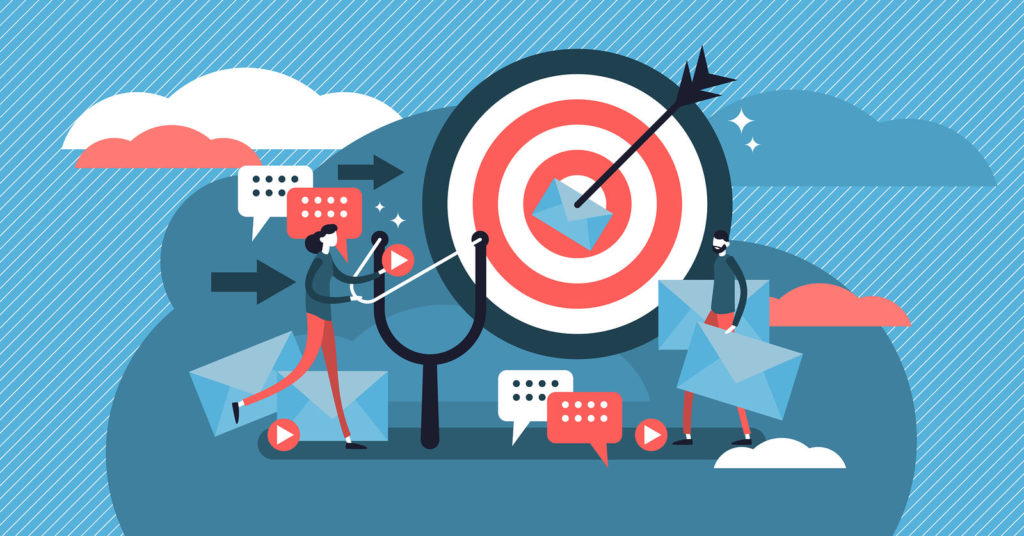
![The 11 Best Landing Page Builder Software Tools [2025]](https://www.growthmarketingpro.com/wp-content/uploads/2024/04/best-landing-page-software-hero-image-1024x618.png?#)



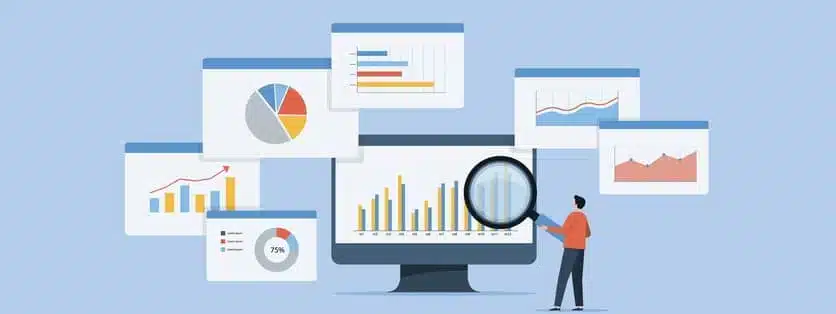







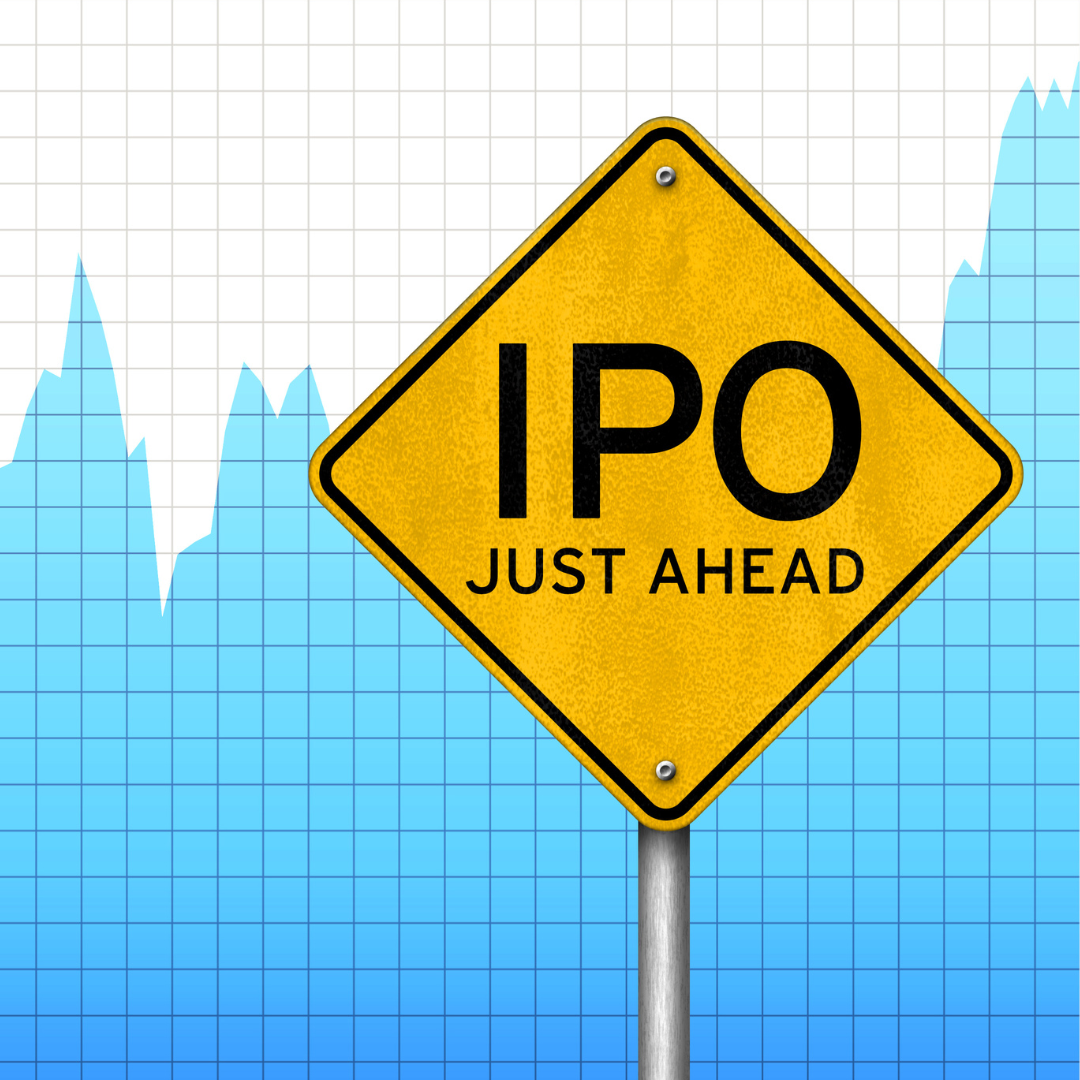



















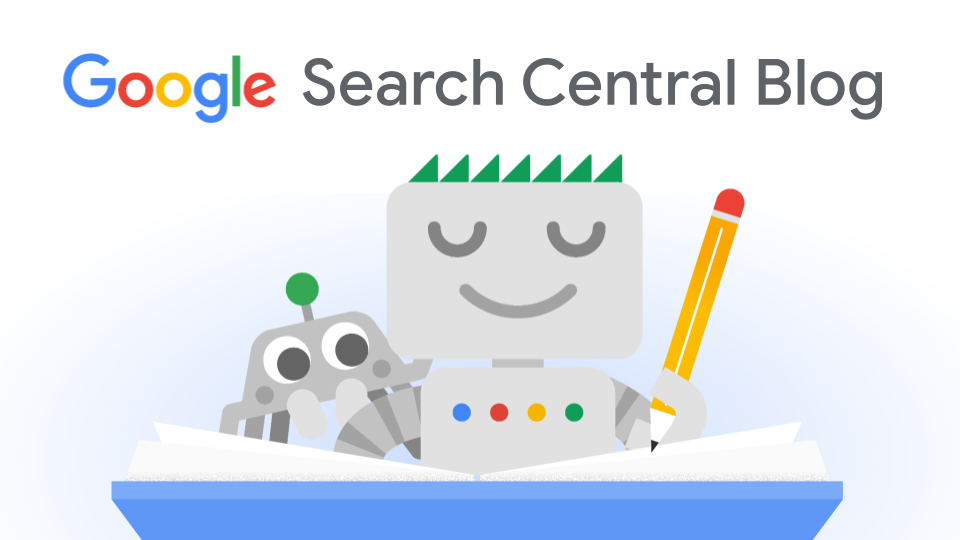


![What Is Generative Engine Optimization [Tips & Workflows To Do It]](https://moz.com/images/blog/banners/What-Is-Generative-Engine-Optimization-Tips-Workflows-To-Do-It-1.png?auto=compress,format&fit=crop&dm=1745607929&s=6f75f1f02c531af0f80acb12517c8bab#)




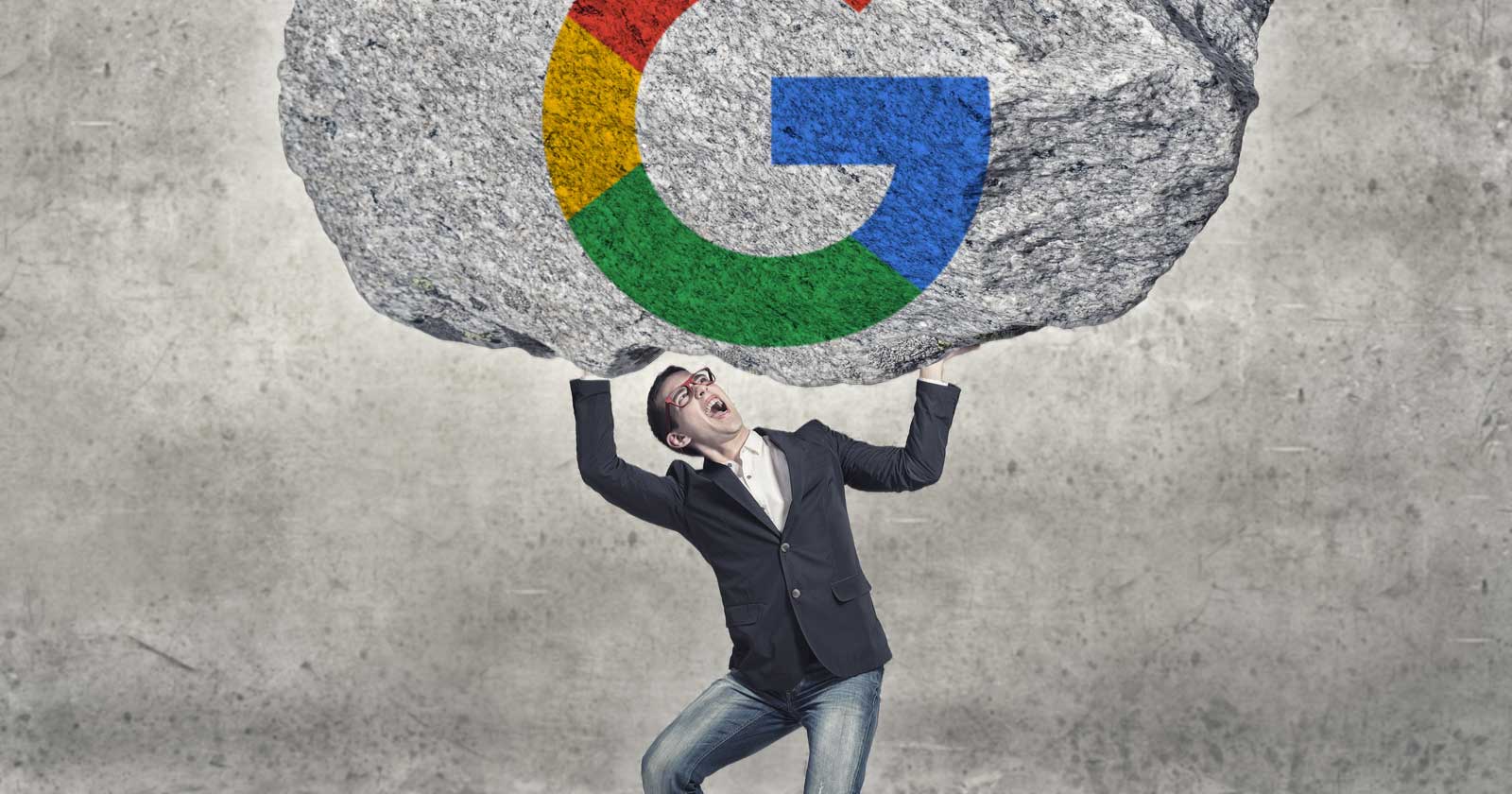






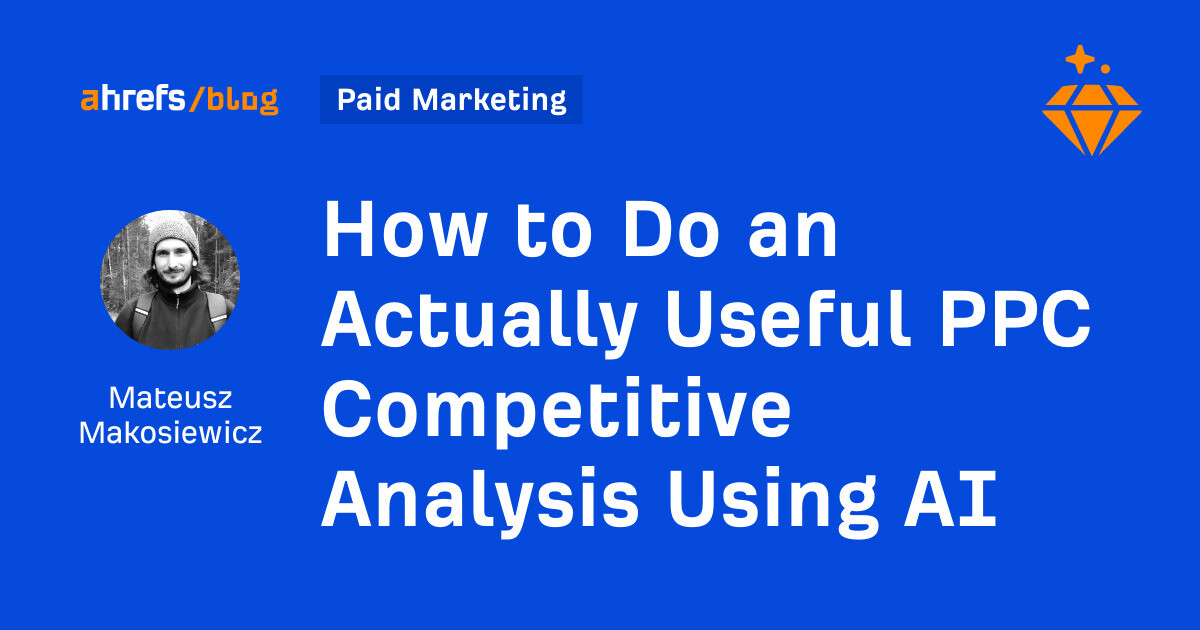

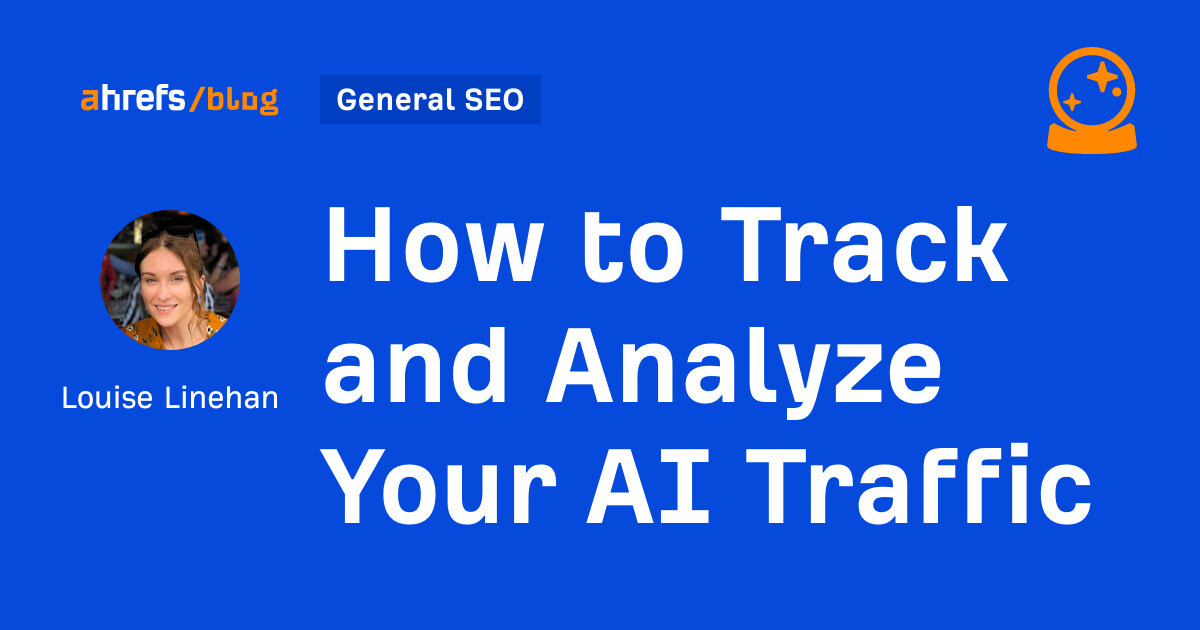

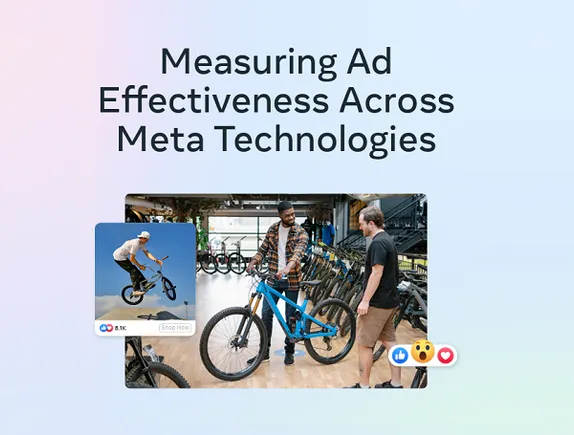









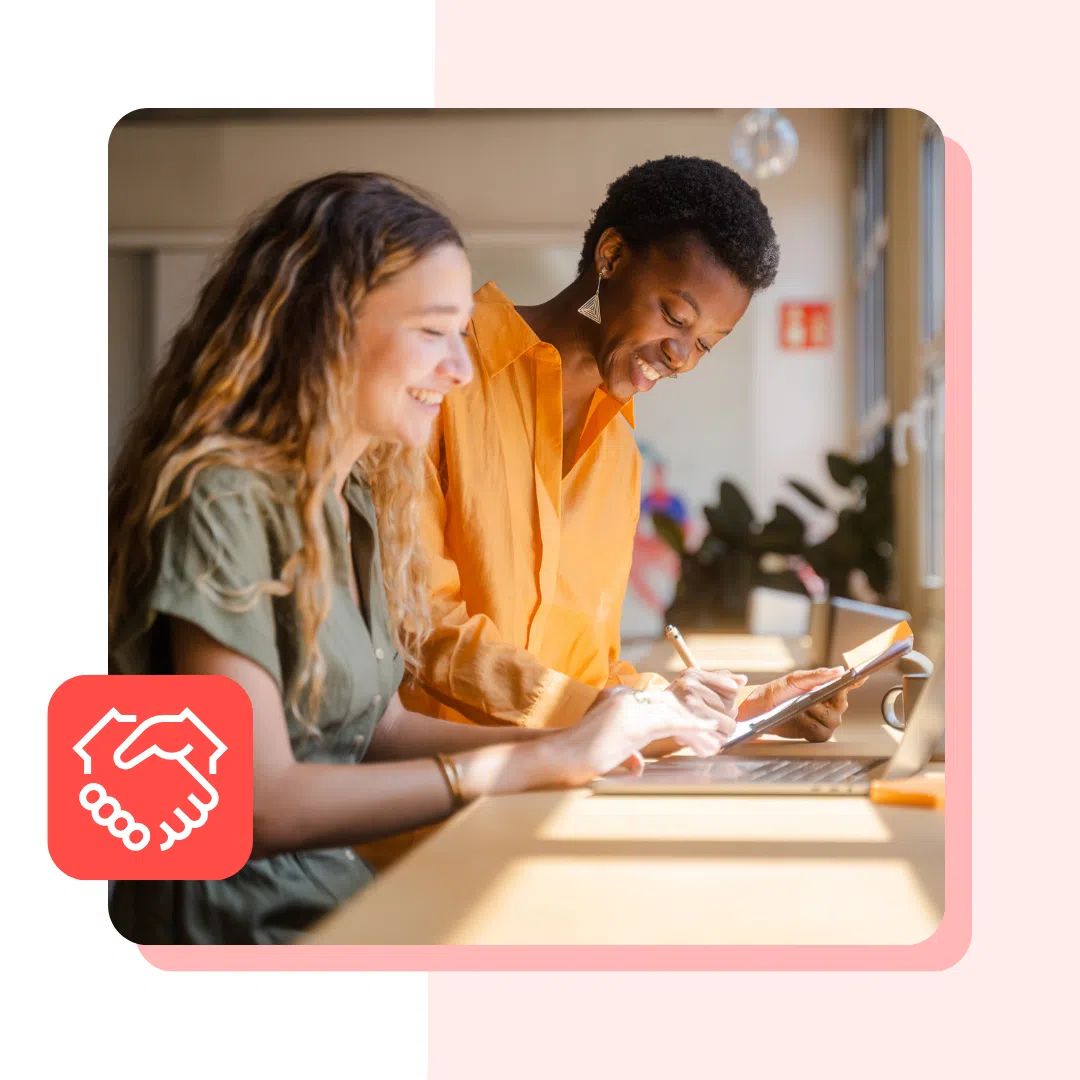
![Social media image sizes for all networks [May 2025]](https://blog.hootsuite.com/wp-content/uploads/2023/01/Social-Media-Image-Sizes-2023.png)

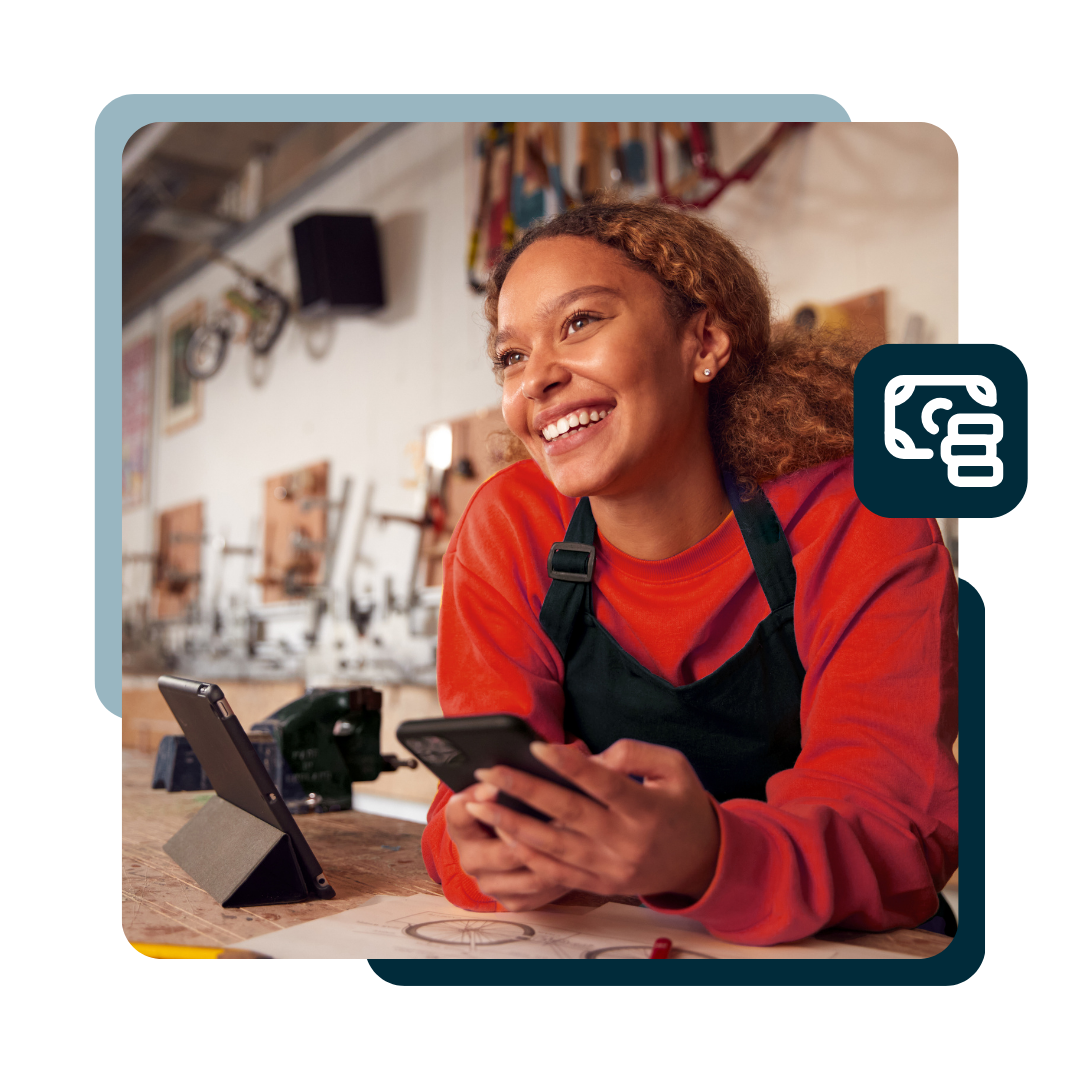

![The fastest growing social media platforms of 2025 [new data]](https://53.fs1.hubspotusercontent-na1.net/hubfs/53/fastest-growing-social-media-platforms.jpg)


